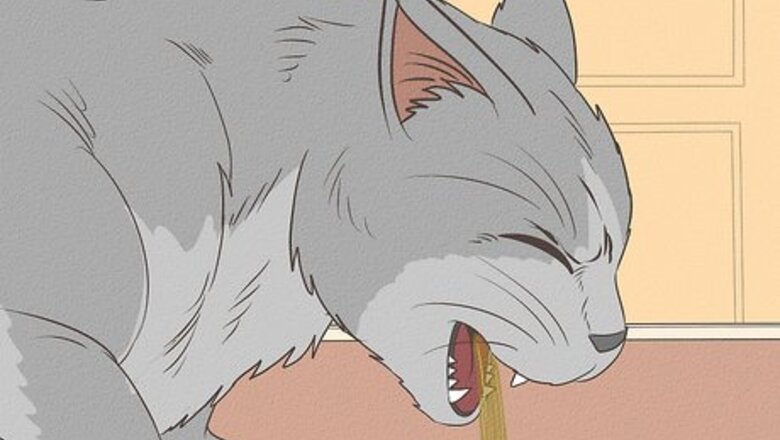
views
Checking for Symptoms
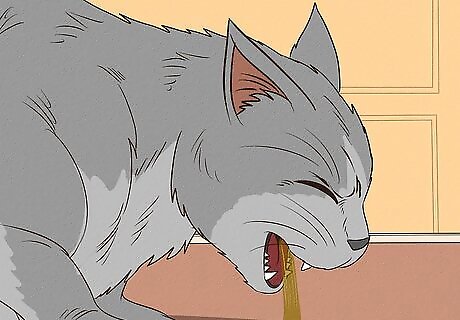
Watch for gastrointestinal distress. Excessive vomiting, diarrhea, and frequent urination may all be symptoms of poisoning in cats. Watch closely when your cat goes to the bathroom and listen for sounds of heaving. A cat may not experience all of these symptoms, depending upon what sort of toxic substance your cat ingested. Do not wait for multiple symptoms to appear. If you notice any of these symptoms and have reason to believe your cat ate a toxic substance, call your vet immediately.
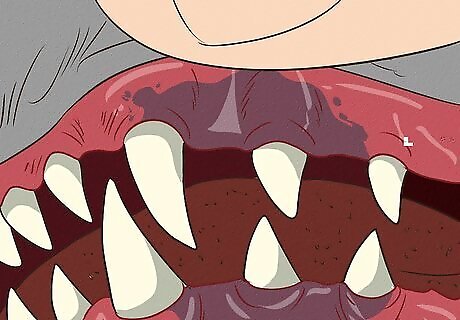
Look around the mouth. Drooling and discolored gums may indicate that your cat has consumed a toxic substance. Gently check the gums by lifting up the cat’s cheeks with your finger or thumb and examining the top of the teeth for any unusual color. Cats’ gums should normally be a light pink. If the gums are pale, yellowed, dark red, or a muddy brown or bluish hue, these can all indicate that your cat has eaten something toxic. If your cat drools regularly, this alone may not be a symptom. Look for excessive amounts of drool as an indicator of a problem.
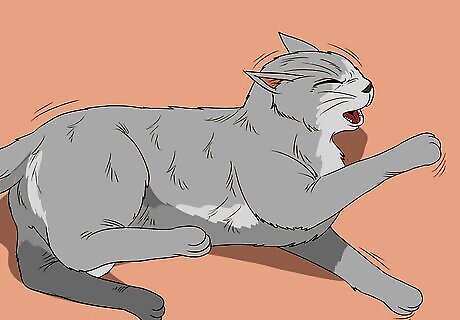
Evaluate neurological symptoms. Some toxic substances can impact the functionality of your cat’s brain, and may cause seizures, incoordination, or a coma. If you notice any neurological symptoms, it is imperative to get your cat to an animal hospital as soon as possible to avoid sustained damage. Neurological symptoms can also include changes in personality such as sudden bursts of excitement or severe lethargy and depression.

Monitor the cat’s breathing. Heavy breathing, difficulty inhaling, coughing, and sneezing could all be indicators that your cat has ingested something bad for its health. Closely monitor the rise and fall of your cat’s chest, and listen for coughing, hacking, wheezing, and sneezing. Respiratory problems can become fatal quickly. If your cat struggles to breathe, get it to an animal hospital immediately.
Identifying the Toxic Substance

Check the pantry. While one person calls for help, have another person check the area for potentially toxic substances, if possible. Many common human foods are toxic to cats. Check areas where you store food for signs that your cat may have eaten something they were not supposed to, including: Any alcohols Products with caffeine including food and beverages Chocolate Vegetables from the onion family including common onions, garlic, and chives Grapes or raisins Xylitol, an artificial sweetener found in candies, diet foods, and toothpaste Unbaked bread dough
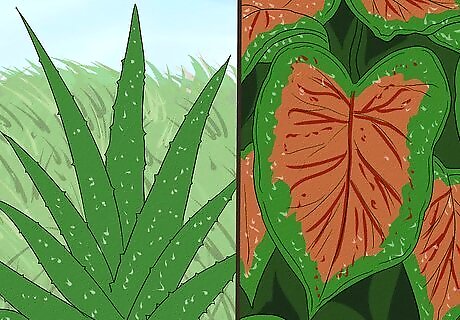
Go through your garden. Both plants and pest control chemicals found in gardens can be toxic to cats. Check to make sure that no rat, gopher, insect, or other pest control poison has been disturbed, and check for bite or chew marks on plants. Common plants that are toxic include: Aloe Amaryllis Azaleas Caladium Lilies Ivy Mistletoe Philodendron Poinsettia If you’re not sure that a plant is toxic, take a picture or grab a sample of it so that someone can identify it for you.
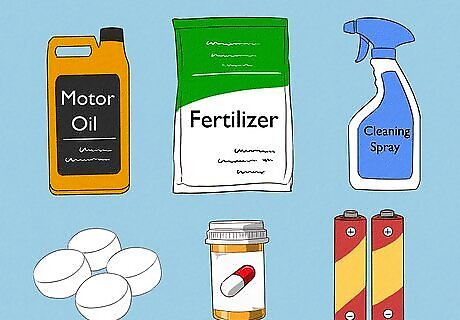
Inspect medications and chemicals. Medications and household chemicals are some of the most common offenders when it comes to accidental poisoning for household pets. Check the areas where you store medications, cleaning supplies, and other chemicals and check for chew or tamper marks on items like: Antifreeze and motor oil Fertilizers Any household cleaning agent Insecticides, including flea and tick treatment Painkillers such as acetaminophen, ibuprofen, naproxen, and aspirin Cold, Flu, or cough medication Moth balls Batteries Zinc
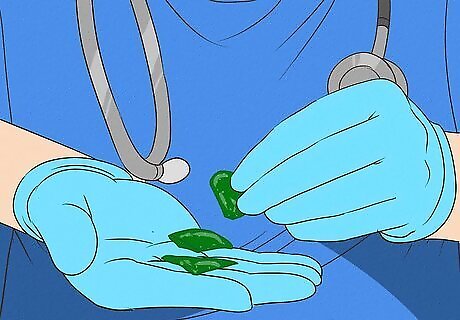
Take a sample. If you know or can reasonably guess what your cat got into, take the container or a sample of the product to provide for your vet. If no container or sample remains, let the vet know in as much detail as possible what you think your cat consumed. If they eat a small aloe plant, for example, let your vet know, “My cat ate an aloe plant that was about two inches tall and had just been recently planted in a pot with potting soil.”
Getting Help for Your Cat

Contact your vet. If your cat is experiencing life-threatening symptoms, such as struggling to breathe or losing consciousness, immediately take them to an animal hospital. If symptoms are not imminently life-threatening, call your vet or an animal hospital right away for further advice. Let your vet know what you think your cat consumed, as well as what symptoms it is exhibiting. Be exhaustive in your descriptions. Follow your vet’s advice carefully. They may recommend taking your cat in for an emergency visit, or they may advise a home treatment such as inducing vomiting. Only perform home treatments such as inducing vomiting with your vet’s permission and using their careful instructions.
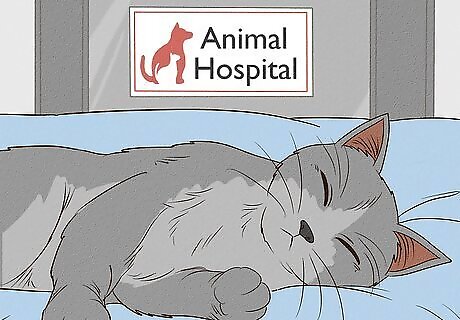
Go to an animal hospital. If your cat is exhibiting life-threatening symptoms such as difficulty breathing, loss of consciousness, tremors, seizures, or other critical problems, take them to a 24 hour small pet hospital immediately. Check online or call your local Information Services to locate the nearest facility. Symptoms of neurological trauma often require hospitalization. Skip the vet and go straight to the emergency and critical care hospital if your cat is exhibiting signs of neurological problems.

Cat-proof your house. Once you and your cat return home, move those things that you don’t want your cat getting into to locked areas or closed-off spaces. Place child safety locks on cabinets where you keep chemicals, and move all food behind a closed door. If your cat got into a plant that made it sick, consider moving houseplants outside to a yard or patio. If your cat is allowed outside, you may want to put fencing and a cover over the planted areas.

















Comments
0 comment